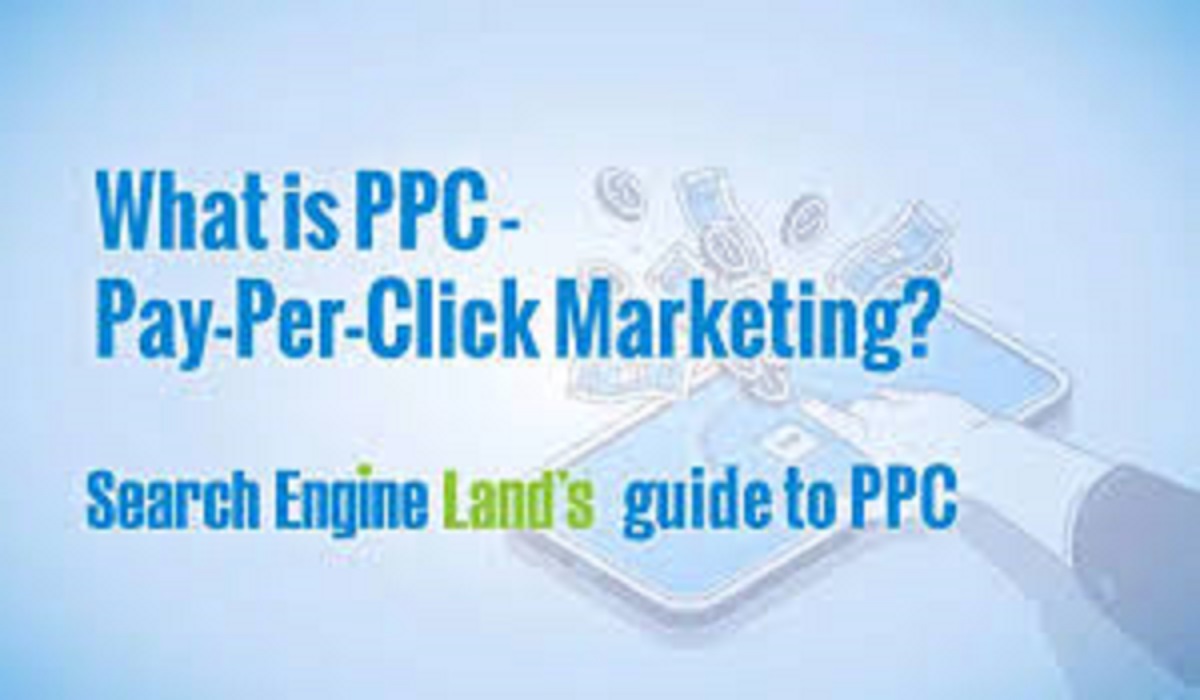What is PPC Advertising?
What is PPC Advertising: Pay-Per-Click (PPC) advertising is one of the most effective digital marketing strategies used by businesses to drive targeted traffic to their websites. Unlike organic marketing, where traffic is earned over time, PPC allows advertisers to bid for ad placement in search engine results and pay only when a user clicks on their ad.
At ZoomDoors.com, we understand the importance of PPC in generating leads and sales. This comprehensive guide will explain PPC advertising in detail, including its types, benefits, real-world examples, and the latest updates in 2025.
What is PPC Advertising?
PPC (Pay-Per-Click) is an online advertising model where advertisers pay a fee each time their ad is clicked. It’s a way to buy visits to your website rather than earning them organically.
Key Characteristics of PPC
- Bid-Based System: Advertisers bid on keywords.
- Instant Visibility: Ads appear quickly in search results.
- Cost Control: You set a budget and only pay for clicks.
- Highly Targeted: Ads reach users based on demographics, location, and intent.
How Does PPC Work?
PPC operates on an auction system. Here’s a breakdown:
- Keyword Research: Advertisers select relevant keywords.
- Bidding: They bid on those keywords.
- Ad Placement: The highest bidder gets the top ad spot.
- Ad Rank Determination: Quality Score (ad relevance & landing page experience) also affects placement.
- Payment: Advertisers pay only when someone clicks.
Example: If you sell “sliding doors,” you bid on keywords like “buy sliding doors online” to appear in Google Ads.
Types of PPC Advertising
1. Search Ads (Google Ads, Bing Ads)
- Text-based ads on search engines.
- Example: Google Search Network ads.
2. Display Ads (Google Display Network)
- Visual banner ads on websites.
- Example: Banner ads on news sites.
3. Social Media Ads (Facebook, Instagram, LinkedIn Ads)
- Sponsored posts on social platforms.
- Example: Facebook lead generation ads.
4. Shopping Ads (Google Shopping, Amazon Ads)
- Product listings with images & prices.
- Example: Amazon Sponsored Products.
5. Video Ads (YouTube Ads)
- Pre-roll, mid-roll, or in-stream video ads.
- Example: YouTube TrueView ads.
Benefits of PPC Advertising
✅ Fast Results – Immediate traffic compared to SEO.
✅ Highly Targeted – Reach users based on intent.
✅ Budget Control – Set daily or campaign limits.
✅ Measurable ROI – Track clicks, conversions, and sales.
✅ Brand Awareness – Increases visibility quickly.
PPC vs. SEO: Key Differences
| Feature | PPC | SEO |
|---|---|---|
| Cost | Pay-per-click | Free (but requires effort) |
| Speed | Instant | Takes months |
| Placement | Top of SERPs | Organic rankings |
| Control | Full control over ads | Depends on algorithms |
Top PPC Advertising Platforms
- Google Ads – Largest search ad network.
- Microsoft Advertising (Bing Ads) – Lower competition.
- Facebook & Instagram Ads – Great for B2C.
- LinkedIn Ads – Best for B2B lead generation.
- Amazon PPC – Ideal for eCommerce sellers.
PPC Advertising Examples
1. Google Search Ad Example
- Search Query: “Best sliding doors for home”
- Ad Copy: “Buy Premium Sliding Doors – 50% Off Today!”
2. Facebook Lead Ad Example
- Ad Objective: Lead generation for home renovations.
- Visual: High-quality sliding door image with a CTA.
3. YouTube Video Ad Example
- Ad Type: Skippable in-stream ad.
- Content: Demo of automatic sliding doors.
Latest PPC Trends in 2025
- AI & Automation – Smart bidding with Google’s AI.
- Voice Search Ads – Optimizing for voice queries.
- Local PPC – Hyper-targeted local ads.
- Video & Interactive Ads – More engaging formats.
- Privacy-Focused Targeting – Less reliance on cookies.
How to Set Up a PPC Campaign
1: Define Goals (Sales, Leads, Traffic)
2: Choose a Platform (Google Ads, Facebook, etc.)
3: Keyword Research (Use Google Keyword Planner)
4: Create Compelling Ads (Strong CTAs)
5: Set Budget & Bidding Strategy
6: Monitor & Optimize (A/B Testing)
Common PPC Mistakes to Avoid
❌ Poor Keyword Selection (Too broad or irrelevant)
❌ Ignoring Negative Keywords (Wastes budget)
❌ Weak Landing Pages (Low conversion rates)
❌ Not Tracking Conversions (Can’t measure success)
❌ Setting & Forgetting (Needs constant optimization)
PPC Advertising Best Practices
✔ Use Long-Tail Keywords (Lower cost, higher intent)
✔ Write High-Quality Ad Copy (Clear, engaging, with CTAs)
✔ Optimize Landing Pages (Fast loading, mobile-friendly)
✔ Leverage Ad Extensions (Sitelinks, call buttons)
✔ Test Different Ad Variations (A/B testing)
FAQs About PPC Advertising
1. What is the average cost of PPC advertising?
Cost varies by industry, but the average CPC is $1-$2 on Google Ads and $0.50-$1 on Facebook.
2. How long does it take for PPC to work?
PPC can generate traffic immediately, but optimization takes weeks.
3. Can small businesses benefit from PPC?
Yes! Local PPC and low-budget campaigns work well for SMEs.
4. What’s the difference between PPC and CPC?
PPC is the advertising model; CPC (Cost-Per-Click) is the amount paid per click.
5. How can I improve my PPC conversion rate?
- Use strong CTAs
- Optimize landing pages
- Target high-intent keywords
Conclusion
PPC advertising is a powerful tool for businesses to drive targeted traffic, generate leads, and increase sales. By understanding how PPC works, leveraging the right platforms, and staying updated with the latest trends, you can maximize your ROI.

